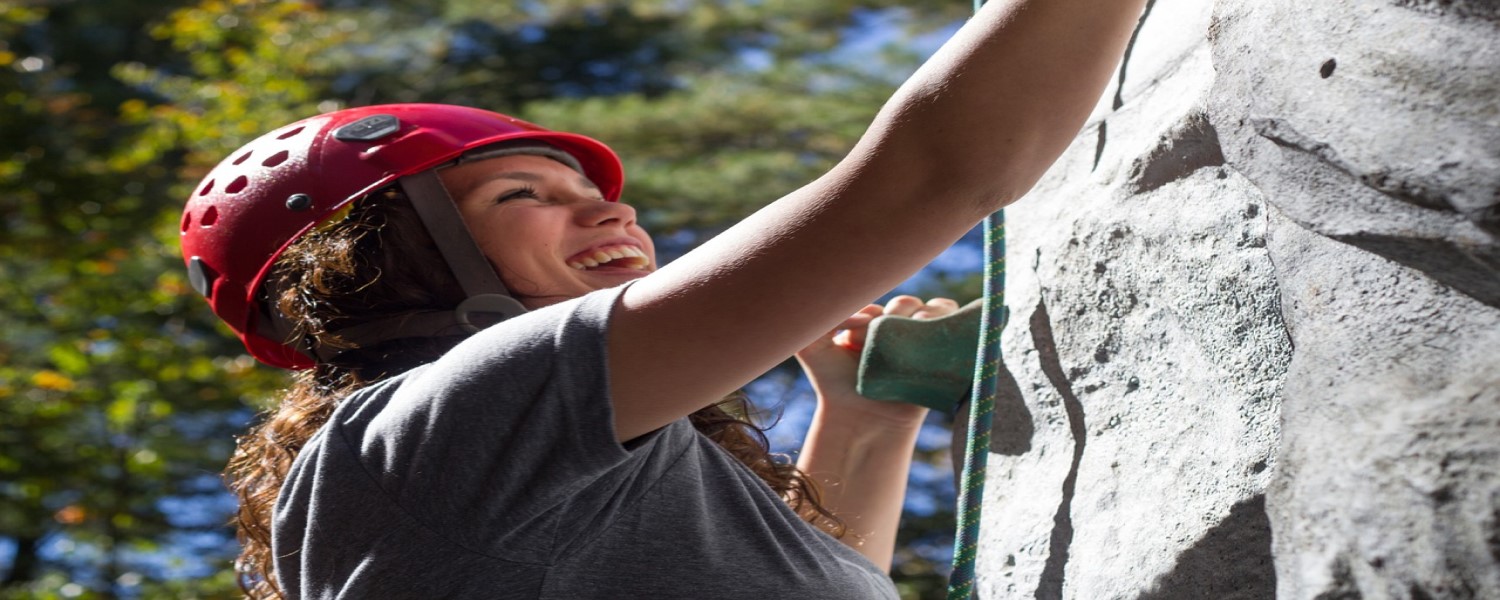Making a Change: 5 Ways to Stop Backsliding!
We are all familiar with New Year’s resolutions and it is likely that we have all made them many times during our lives. It is also likely that most of us have not been successful in those types of resolutions which require our making a change in our lives!
And I am not pulling this assertion out of my butt, I have data to back me up! You see, statistics show that only 8 percent of people achieve their New Year’s goals.
Speaking of butt’s…but, what is it about making a change that is so difficult?

Backsliding and Homeostasis
We have all been there at various points of our lives, we make some type of personal change or resolution, it works, and we feel good and are happy about it, and then…we backslide.
Why does this happen and what can we do about it?
First, let’s discuss why it happens and later we will discuss some strategies on how to make a change without backsliding.
According to George Leonard in his great book, Mastery – The Keys to Success and Long-Term Fulfillment:
“Why? Are you some kind of slob who has no willpower? Not necessarily. Backsliding is a universal experience. Every one of us resists significant change, no matter whether it’s for the worse or for the better. Our body, brain, and behavior have a built-in tendency to stay the same within rather narrow limits, and to snap back when changed—and it’s a very good thing they do.” 1
It is similar to your body temperature, if it went up or down by 10% you would be in a little bit of trouble. The same thing goes for your blood sugar level, as well as many other things going on in your body.
This type of equilibrium or resistance to change is known as homeostasis and not only does it apply to our physical functioning, it also applies to how we behave as well as our psychological states,
Think About the Thermostat in Your House
A great analogy that Leonard gives is that of the thermostat to help heat or cool your house. When the temperature falls or rises below or above the temperature you set it sends an electrical signal that either turns the heater or the air conditioning on. When the temperature you have set is reached, the thermostat sends another signal to the heater or air conditioning unit, which turns it off so as to maintain homeostasis.
The Problem with Homeostasis
The problem with homeostasis when it comes to making a change is that it works to maintain things the way they are, even if they don’t benefit you.
For example, let’s say you start running to get into shape. Halfway around your second lap something happens, you start to feel a little cramp in your side and all of a sudden you panic a little bit. What is actually happening is that you are receiving a homeostatic alarm signal telling you that changes are in progress to your heart rate, metabolism and that you should stop right away.
According to Leonard:
“Homeostasis, remember, doesn’t distinguish between what you would call change for the better and change for the worse. It resists all change. After twenty years without exercise, your body regards a sedentary style of life as “normal”; the beginning of a change for the better is interpreted as a threat. So you walk slowly back to your car, figuring you’ll look around for some other revolution to join.” 1
But at the end of the day, making a change is possible and it does occur, as individuals, families, organizations, and cultures are able to reset their homeostats even though it can cause a little anxiety, upset, and pain.
The question is, are there ways of making a change that lasts?
Well, ultimately it is up to each of us to decide whether we want to spend the time and energy it takes to stick to that path.
How to Deal with Homeostasis When Making a Change!
If we do decide to stick to that path, here are 5 guidelines that Leonard suggests…
(1) Understand how homeostasis works
Leonard believes that this one may be the most important of the five:
“Expect resistance and backlash. Realize that when the alarm bells start ringing, it doesn’t necessarily mean you’re sick or crazy or lazy or that you’ve made a bad decision in embarking on the journey of mastery. In fact, you might take these signals as an indication that your life is definitely changing—just what you’ve wanted. Of course, it might be that you have started something that’s not right for you; only you can decide. But in any case, don’t panic and give up at the first sign of trouble.” 1
In essence, what Leonard is talking about here is what we discussed in a previous blog post on self-awareness and in this case, it is being self-aware that homeostasis is taking place as you are making a change.
(2) Be open to negotiating with your resistance to make a change
The second of his guidelines refers to the second component of emotional intelligence that we also discussed previously called self-management in the form of taking action after becoming self-aware that a change is occurring.
In this case, as he says:
“The fine art of playing the edge, in this case, involves a willingness to take one step back for every two forward, sometimes vice versa. It also demands a determination to keep pushing, but not without awareness. Simply turning off your awareness of the warning deprives you of guidance and risks damaging the system. Simply pushing your way through despite the warning signals increases the possibility of backsliding.” 1
(3) Create a support system
While it is possible to go it alone, many times it helps to have people who you can share the ups and downs of making a change with. One suggestion to have a support system that includes those who have gone through a similar change that can share their stories and listen to yours. They can also help give you encouragement as well as a helping hand if and when you begin to backslide.
(4) Establish consistency
This one is all about sticking to a regular practice or as Leonard says:
“People embarking on any type of change can gain stability and comfort through practicing some worthwhile activity on a more or less regular basis, not so much for the sake of achieving an external goal as simply for its own sake.” 1
One way of doing this is via habit stacking or doing it right before or after a habit you already do regularly. For example, if you want to start making your bed then link it to brushing your teeth, so right after you brush your teeth you go make your bed.
(5) Commit yourself to lifelong learning
The last guideline Leonard gives is to commit yourself to lifelong learning as to learn is to change. The idea is that by being a lifelong learner you get used to dealing with being in a state of constant homeostasis, so making a change isn’t anything out of the ordinary.
Speaking of Homeostasis…
Did you know that storks and some other types of birds engage in a most interesting way of cooling off?
Check this out! While storks may be graceful birds, their method of cooling off is anything but graceful. What they do when they need to cool down is they poop on their own legs. Interestingly since bird poop is liquid it works the same way sweating does, when the poop dries on their legs the heat is carried away via evaporative cooling thus lowering their body temperature.
Speaking of bird poop, a couple of years ago, yours truly got pooped on by birds not once, not twice but three times in a one-month period!
Yup, sadly there aren’t many storks in Miami! Oh well, on the bright side they say being pooped on by a bird brings you good luck and riches. I have definitely had my share of good luck since then, but I am still waiting on the riches!
Until next time, remember homeostasis when making a change, say no to backsliding, watch out for pooping birds and as always…PYMFP!
–Rick
P.S. Wanna know more? Check out the entire book.
Use It or Lose It
The five ways to deal with homeostasis when making a change that we discussed are:
(1) Understand how homeostasis works
(2) Be open to negotiating with your resistance to make a change
(3) Create a support system
(4) Establish consistency
(5) Commit yourself to lifelong learning
When to Use It
Use these tips when making a change so that you don’t backslide!
What Do You Think?
What do you think of the concept of homeostasis when making a change? Do you have any other methods you use to prevent backsliding? Please share your thoughts in the comments below!
P.S. Wanna know more? Check out the entire book.

If you enjoyed this post, it would mean the world to us if you shared it with people you care about via any of the social media platforms below!
Popular Previous Posts:
How to Spend Less: The Minimalist Approach to Money
This is Why It’s So Important to Think Win Win!
Byron Wien: 20 Lessons He Learned in His First 80 Years!
This is How to Get Out of Your Comfort Zone!
References
1 Mastery – The Keys to Success and Long-Term Fulfillment by George Leonard

It is easy to backslide as you noted. I agree that the comfort level of keeping things the same keeps us fixed. It reminds me of last week when I did a high intensity interval training class. I haven’t been back to the gym because my body was in agony for three days lol. I was also too busy with other ” stuff”. I am going to try again .
Hi Eileen, The fact that you are self-aware enough to realize it is the first step, the next is self-management in terms of taking action or getting your butt back to the gym! Thanks and have a great week! Rick
I am proud to say that I have never made a new year’s resolution. It’s not worth the effort or the self imposed guilt trip when three days later you say “to hell with it”. In most situations, the urge will overcome will power. But yet I stopped smoking cold turkey. It was tough, the patch irritated my skin and I don’t like chewing gum. Some good Scotch, and a blonde willing to help with oral gratification sure helped. Coming up on three years soon. And I don’t miss it.
Useless trivia of the day – vultures also crap on their feet.
Have a happy Thanksgiving. Relax, eat, enjoy, and give yourself a two day break from writing.
Hi Dave, Yeah I don’t agree with waiting until a certain date to make a personal change. Improvement is something we should be doing every day! That’s amazing on how you quit smoking like that, good for you! I remember reading something about how much your lung capacity improves after quitting, I cannot remember the numbers but I can remember being surprised at the relatively large impact within a pretty short time period. Thanks for the well wishes and I hope you had a great Thanksgiving with your family as well! Best, Rick